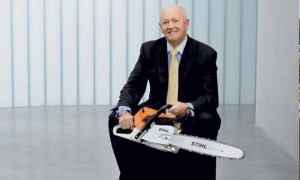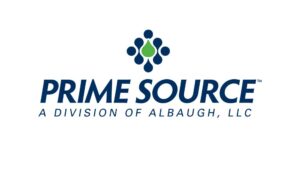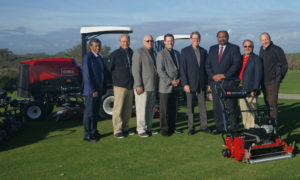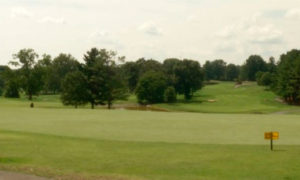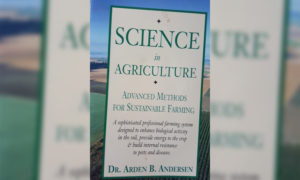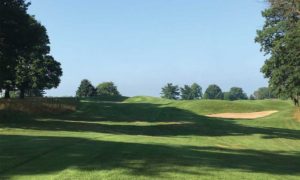November 2, 2015 – The United States Golf Association and the University of Minnesota have announced a five-year master research partnership to study and develop solutions to golf’s present and future challenges.
“Participation and growth are central issues for the health of our game, but there are many other critical and complex factors that will contribute to its long-term sustainability,” said Mike Davis, USGA executive director. “This agreement will further the USGA’s mission to apply fact-based research and deliver tested solutions back to the industry, particularly in three areas: the game’s cost, the time it takes to play and golfer enjoyment.”
The partnership, which allows both parties to identify projects and assign funding on an individual basis, leverages the full assets of the University of Minnesota, recognized as one of the most comprehensive public research universities in the U.S. The College of Food, Agricultural and Natural Resource Sciences; Carlson School of Management; College of Science and Engineering; and Humphrey School of Public Affairs are among those that are expected to contribute throughout the five-year period.
“We look forward to expanding our existing interdisciplinary research to build a sustainable future for the game of golf,” said Eric Kaler, University of Minnesota president. “This unique strategic partnership with the USGA will help us to identify and advance solutions through some of the university’s key strengths and mission: science, research, teaching and learning, and community engagement.”
The partnership will utilize the university’s Les Bolstad Golf Course as a living, learning laboratory to support critical research projects, as well as a classroom for demonstrating best practices in course design, maintenance and operations. The historic layout, established in 1929, is open to the public and valued by students, faculty, staff and the surrounding community.
“We firmly believe the impact of our work will transcend golf by identifying core concepts and solutions that can be applied to all sports and public green spaces,” said Rand Jerris, Ph.D., senior managing director of public services for the USGA. “This partnership accelerates learning and solution development by augmenting our own in-house research team with investigators from different disciplines, working jointly to advance core economic, environmental and social principles in the game.”
With an emphasis on innovation, projects will focus on technology, resource management, best practices for facility operations and design/renovation, community and economic impact studies, and participation behavior. In addition to conducting research on-site at the university, the partnership will utilize golf facilities nationwide for collecting data, which will be processed and analyzed by UMN students and faculty working closely with USGA experts.
“In this time of significant societal change, it’s important that golf remain relevant to its broad customer base,” said Brian Horgan, professor in the UMN department of Horticultural Science and Extension turfgrass specialist who is leading the partnership. “A transdisciplinary approach to research will allow golf to be responsible in its consumption of resources, and help golf facilities provide an experience that is affordable, enjoyable and compatible with the time people have available for recreation.”
This partnership will complement the series of studies conducted by universities nationwide that the USGA has funded since the 1920s, particularly in turfgrass and agronomic research.
The organizations will also explore the potential for online and on-campus educational programs, as well as partnership opportunities with other organizations and institutions to foster information-sharing worldwide.

